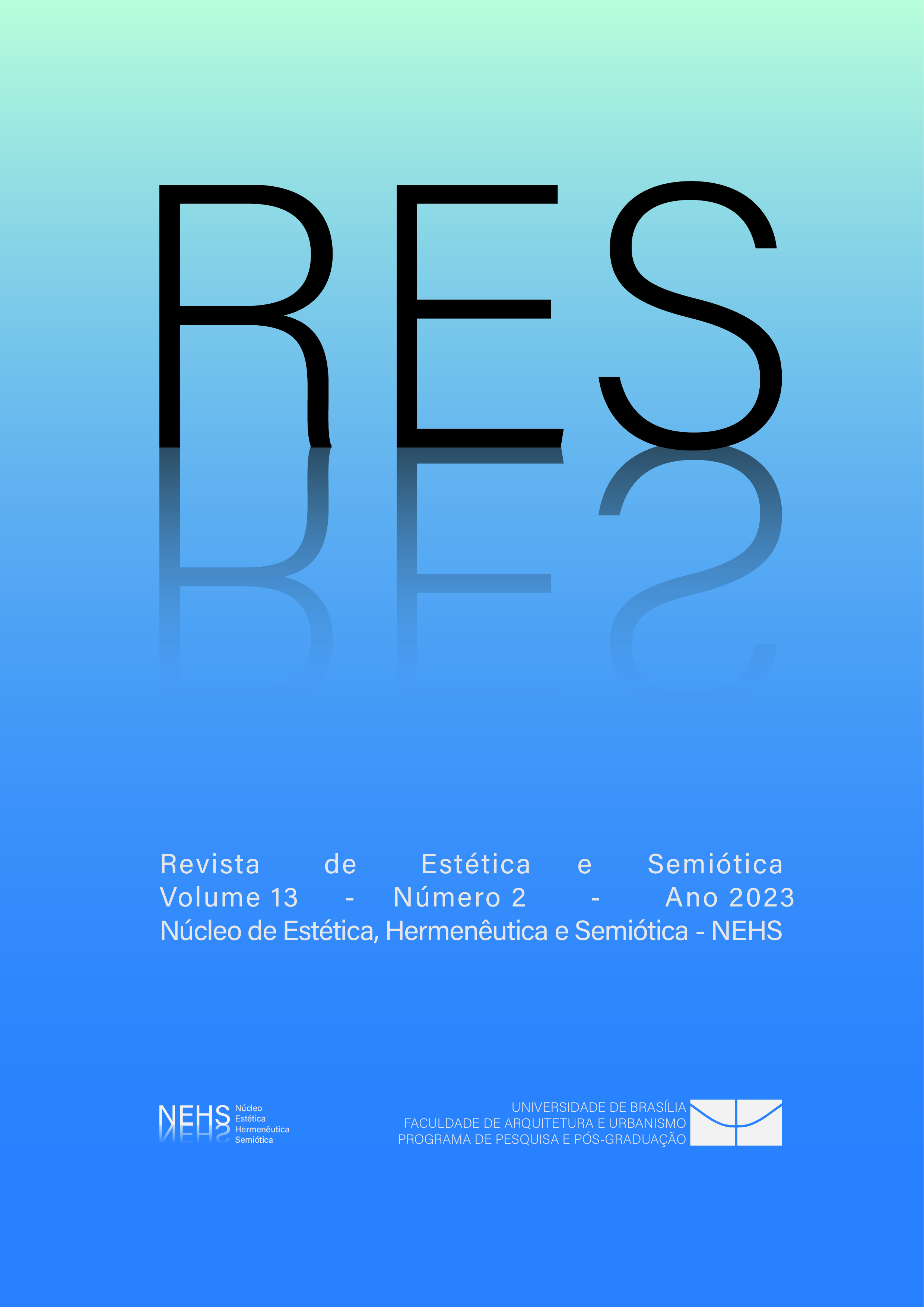Perspective and virtual space
DOI:
https://doi.org/10.18830/issn2238-362X.v13.n2.2023.04Keywords:
Perspective, promenade architecturale, virtual realityAbstract
From Greek temples, passing through the Renaissance and Palladian architecture, to the Baroque scenographic space, there are several examples of consecrated architecture that used composition resources to create optical ilusion. Such resources consider the body, in all its dimensions and spatial distances, and the way in which man will perceive the building from perspectives. Nowadays, the perspectives of the “virtual reality” space are better perceived through a route, which is induced. The man becomes a spectator of the space configured for every man of any height. Everyone will have the same perspective, since the route are the same. Finally, we observe a kind of “massification” of man, disregarding the individual physical and also emotional particularities in his autonomy.
Downloads
References
ALBERTI, L. B. On the Art of Building in Ten Books. Tradução de Joseph Rykwert, Neil Leach e Robert Tavernor. Londres: The Mit Press, 1988.
ARISTÓTELES; HORÁCIO; LONGINO. A Poética Clássi¬ca. Tradução de Jaime Bruna. 7º edição. São Paulo: Cultrix, 1997.
BENEVOLO, L. História da Cidade. São Paulo: Pers¬pectiva, 1983.
GIEDION, S. Espaço, Tempo e Arquitetura: o Desen¬volvimento de uma Nova Tradição. São Paulo: Mar¬tins Fontes, 2004.
PANOFSKY, E. Significado das Artes Visuais. Tradução de Maria Clara F. Kneese e J. Guinsburg. São Paulo: Perspectiva,1976.
PANOFSKY, Erwin. A Perspectiva como Forma Simbó¬lica. Tradução de Elisabete Nunes. Lisboa: Edições 70, 1999.
________________. La Perspectiva como Forma Simbólica. Tradução de Virginia Careaga. 4º edição. Barcelona: Fabula Tusquets Editores, 2010.
________________. Idea: Contribuição à História do Conceito da Antiga Teoria da Arte. Tradução de Paulo Neves. 2º Edição. São Paulo: Martins Fontes, 2013.
FLORIÊNSKI, Pável. A Perspectiva Inversa. São Paulo: Ed. 34, 2012.
RASMUSSEN, S. Arquitetura Vivenciada. 2º edição. São Paulo: Martins Fontes, 1998.
RYKWERT, J. A Coluna Dançante: Sobre a Ordem na Arquitetura. Tradução de Andrea Loewen. São Paulo: ed. Perspectiva, 2015.
PLATÃO. O Sofista. Tradução de Carlos Alberto Nu¬nes. Créditos da digitalização: Juscelino D. Rodri¬gues. Fonte Digital: Site “O Dialético”, 2003. Endere¬ço: http://www.odialetico.hpg.ig.com.br/
WOLFFLIN, H. Conceitos Fundamentais da Historia da Arte: O Problema da Evolução dos Estilos na Arte mais Recente. Tradução de João Azenha Jr. 4º edi¬ção. São Paulo: Martins Fontes, 2006.
VITRÚVIO, P. Compendio de Los Diez Libros de Arqui¬tectura. Tradução de Don Joseph Castañeda. Ma¬drid: D. Gabriel Ramirez, 1761.
Downloads
Published
How to Cite
Issue
Section
License
Copyright (c) 2023 Carolina da Rocha Lima Borges

This work is licensed under a Creative Commons Attribution-NonCommercial 4.0 International License.




